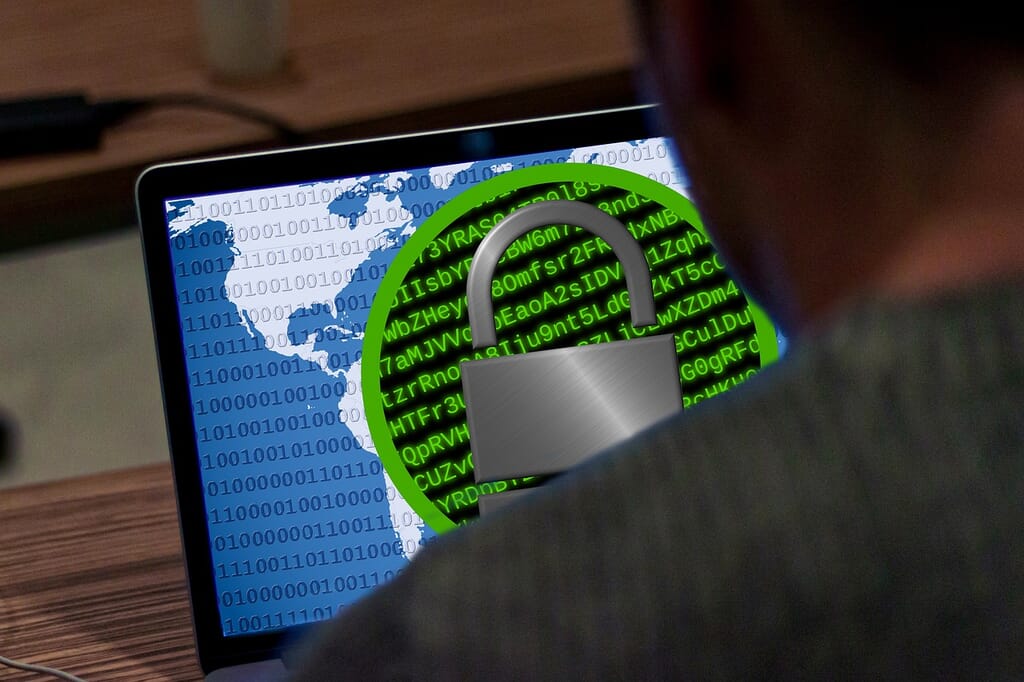A CryptoLocker ransomware attack is malware that encrypts a victim’s files and demands a ransom be paid to decrypt them. The attack usually begins with an email containing an attachment or link. When clicked, it will download and install the ransomware files on the victim’s computer. Once installed, the ransomware will scan the victim’s hard drive for certain file types. And encrypt them using strong encryption methods. It then displays a message demanding a ransom be paid to decrypt the files.
Contents
What is a CryptoLocker ransomware attack?

The CryptoLocker ransomware was first seen in 2013 and quickly became one of the most prevalent forms of ransomware. It is estimated that over 500,000 people have been infected with this type of malware. While many tools are available to help victims recover their files. It is often difficult to decrypt the files without paying the ransom. It is important to take steps to prevent this type of attack from happening in the first place. This includes being cautious when opening email attachments or clicking on links from unknown sources. And installing up-to-date antivirus software on your computer.
Examples of CryptoLocker ransomware attacks
In September 2013, the CryptoLocker ransomware attack took place. This malware encrypted users’ files and demanded a ransom be paid to decrypt and regain access to them. The attackers behind this campaign were able to generate over $3 million in just a few months.
Another ransomware attack is WannaCry, which occurred in May 2017. This attack used a vulnerability in Microsoft Windows to spread itself and encrypt users’ files.
CryptoLocker and WannaCry are just two examples of the many ransomware attacks that have taken place over the past few years. These attacks can have devastating consequences for both individuals and organizations, leading to loss of data, productivity, and revenue.
The attack encrypts victims’ files with a strong encryption algorithm. Making them inaccessible unless the victim pays a ransom to the attacker. CryptoLocker has been responsible for countless data breaches and has caused billions of dollars in damage.
The first known CryptoLocker attack occurred in September of 2013. The attacker, who went by “TreeFiddy,” used the email address [email protected] to distribute the malware. The attack was relatively short-lived, but it demonstrated the power of ransomware and sparked a wave of copycat attacks.
In November of 2013, another ransomware attack, dubbed “Locky,” was distributed via spam emails. That contained an attachment disguised as an invoice or other harmless document. Like CryptoLocker, Locky would then encrypt the victim’s files and demand a ransom for their return.
These early ransomware attacks were highly effective at causing data loss and financial damage. They also showed how easy it was for attackers to leverage social engineering techniques to trick victims into infecting themselves with malware. Security researchers began developing ways to detect and block ransomware infections in response to these attacks. However, despite these efforts, ransomware remains a serious threat today.
Types of CryptoLocker ransomware attacks
CryptoLocker ransomware is malware that encrypts a victim’s files and demands a ransom be paid to decrypt the files. CryptoLocker typically spreads through email attachments or malicious links. Once a system is infected, the ransomware will scan for specific file types and encrypt them using strong encryption algorithms. The victim will then be presented with a ransom note demanding payment to decrypt the files.
Payment methods vary depending on the ransomware. But Bitcoin and other cryptocurrencies are commonly used to allow for anonymous transactions. Some variants of CryptoLocker will give victims a limited time to make the payment before the encryption key is destroyed. Making it impossible to decrypt the files. This leaves victims with two options: pay the ransom or lose access to their important data forever.
While security researchers have made attempts to create decryption tools for various strains of CryptoLocker. It is generally advised that victims do not pay the ransom as there is no guarantee that they will receive the decryption key for the files even if they do make the payment. In addition, paying the ransom only encourages the continued development and proliferation of this type of malware.
How does a CryptoLocker ransomware attack work?
When CryptoLocker infects a PC. The ransomware will encrypt certain types of files using an encryption key unique to that victim. The victim must pay the ransom in Bitcoin or another cryptocurrency in most cases.
Once a computer is infected with CryptoLocker, it is critical to act quickly. The longer the encryption process takes, the more likely the victim will irrecoverably lose files. If possible, victims should try to obtain a copy of the encrypted file from a backup before paying the ransom.
Victims of CryptoLocker should never pay the ransom. Not only does this encourage attackers to continue using this type of ransomware. But no guarantee paying the ransom amount will result in the decryption of files. In some cases, victims who have paid the ransom have still been unable to access their data.
Who is the target of CryptoLocker ransomware attacks?
CryptoLocker ransomware attacks are typically aimed at businesses and organizations rather than individual users. This is because companies and organizations often have more money to pay the ransom. And because they are more likely to have important data that needs to be protected. CryptoLocker ransomware attacks have also targeted government agencies and other high-profile targets.
CryptoLocker ransomware attacks: How to stop the spread of them?
In the wake of recent CryptoLocker ransomware attacks. Many people wonder how they can protect themselves from this type of malware. There are a few simple steps that everyone can take to reduce their risk of becoming victims of these attacks.
There are a few things you can do to help protect yourself from cryptoLocker ransomware attacks:
1. Keep your operating system and software updated with the latest security patches. This will help close any potential security holes that malware could exploit.
2. Use a reputable antivirus program and keep it up to date. Scanning your computer regularly can help pick up any malicious software that may have been installed without your knowledge.
3. Be careful about what you randomly click on and download. Don’t open email attachments from people you don’t know, and be wary of downloaded files from untrustworthy websites.
4. If you’re having trouble accessing your files or folders, try resetting your password. You’ll need access to your recovery key to restore them.
5. If you’re using an encrypted file system (NTFS), back it up frequently.
6. If you’ve already fallen victim to this CryptoLocker ransomware attack, contact us at ExterNetworks for assistance. We’ll provide you with instructions on removing the infection and recovering your files.
7. If you suspect that someone has gained unauthorized access to your account, change your passwords immediately.
8. Finally, if you think you might have accidentally clicked on a link or attachment. That is associated with this threat, please delete it immediately.
Also, Read
How to Backup and Restore Business Files from Cloud?
How to Create New Layer From Selection in Gimp
Advantages And Disadvantages of HTML You Should Know
How To Enhance WordPress Website User Experience
WordPress Page Not Found After Publish? Easy Fix
Webpage Is Currently Unable To Handle This Request. HTTP error 500 Fix
